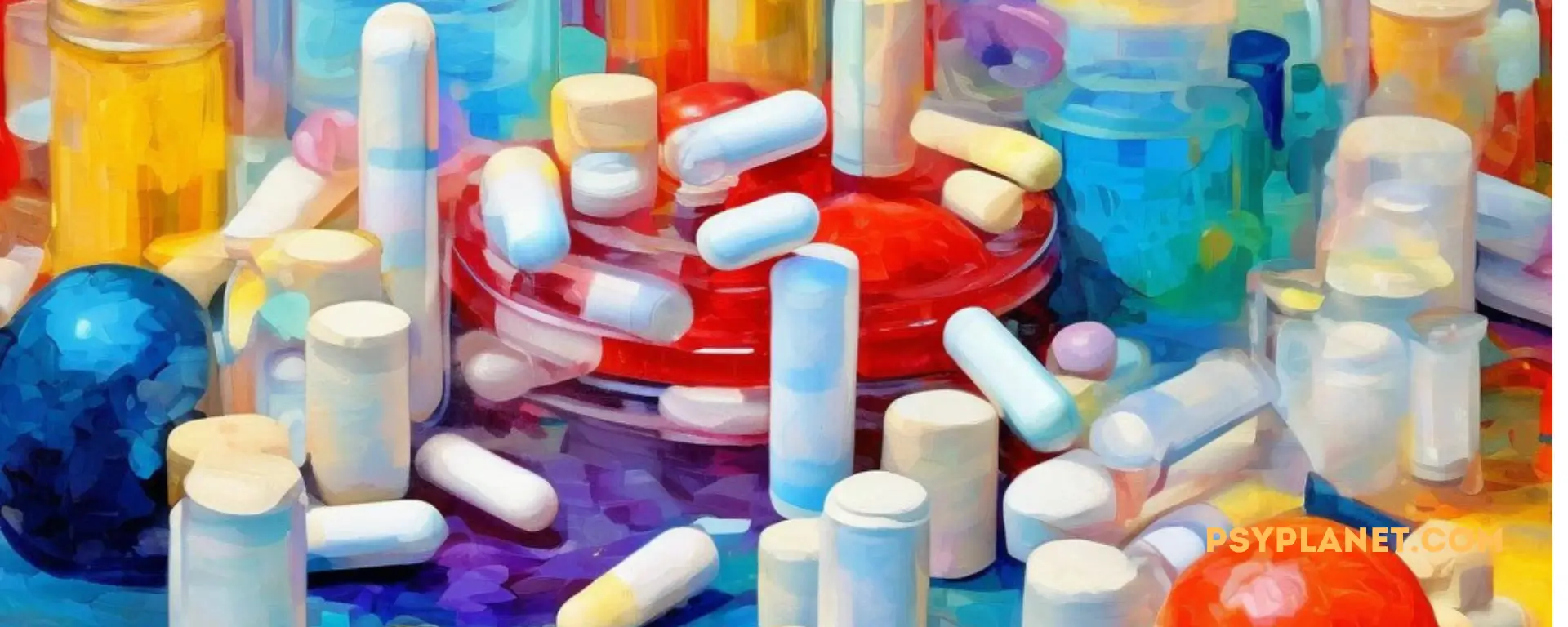Drug Abuse

Drug abuse, also known as substance abuse or substance use disorder, refers to the harmful or hazardous use of psychoactive substances, including prescription medications, over-the-counter drugs, and illegal substances. It is characterized by a pattern of consumption that leads to significant adverse consequences for the individual’s health, behaviour, and social functioning. Here’s a comprehensive overview:
Definition and Types
It can include:
- Prescription Drug Abuse: Misuse of medications that are prescribed for legitimate medical purposes. This can involve taking higher doses than prescribed, using someone else’s medication, or using the medication for non-medical reasons.
- Recreational Drug Abuse: The use of illegal substances like cocaine, heroin, methamphetamine, and ecstasy.
- Over-the-counter (OTC) Drug Abuse: Misuse of non-prescription medications, such as cough syrups containing dextromethorphan or antihistamines.
Signs and Symptoms
Drug abuse manifests through a variety of physical, behavioural, and psychological signs:
- Physical Symptoms: Changes in appearance, such as weight loss or gain, poor hygiene, and bloodshot eyes. Physical health issues may also include liver disease, respiratory problems, and cardiovascular issues.
- Behavioural Symptoms: Neglect of responsibilities, involvement in risky behaviours, withdrawal from social activities, and increased secrecy.
- Psychological Symptoms: Mood swings, paranoia, anxiety, depression, and hallucinations.
Causes and Risk Factors
- Genetic Predisposition: A family history of addiction can increase the risk of developing substance abuse disorders.
- Psychological Factors: Mental health issues such as depression, anxiety, and trauma can make individuals more susceptible to drug abuse.
- Environmental Factors: Peer pressure, exposure to drug use in the family or community, and socio-economic conditions can contribute to substance abuse.
- Neurological Factors: The way drugs affect brain chemistry can make addiction more likely by altering brain function and increasing cravings.
Consequences
Drug abuse can lead to a range of severe consequences:
- Health Issues: Chronic conditions such as cardiovascular disease, liver damage, respiratory issues, and neurological impairments. Overdose is also a significant risk.
- Mental Health: Increased likelihood of developing mental health disorders, including depression, anxiety, and psychosis.
- Social Impact: Strained relationships with family and friends, job loss, legal problems, and social isolation.
Treatment and Recovery
Treatment for drug abuse typically involves a combination of approaches:
- Detoxification: The process of removing drugs from the body, which is often the first step in treatment.
- Therapy and Counseling: Individual or group therapy to address underlying psychological issues and develop coping strategies.
- Medication: For certain types of drug addiction, medication may help manage withdrawal symptoms or reduce cravings.
- Support Groups: Groups like Narcotics Anonymous (NA) provide ongoing support and encouragement.
- Rehabilitation Programs: Residential or outpatient programs offering a structured recovery environment.
Prevention
Preventing drug abuse involves:
- Education: Raising awareness about the risks of drug use and teaching coping skills.
- Support Systems: Building strong support networks, including family, friends, and community resources.
- Healthy Lifestyle: Encouraging activities and behaviours that promote physical and mental well-being.
Drug abuse is a complex and multifaceted issue that affects many aspects of an individual’s life. Understanding its signs, causes, and consequences can aid in early intervention and effective treatment. By addressing the problem with a combination of medical, psychological, and social support, individuals can work towards recovery and improve their overall quality of life.
Essential Helplines and Resources for Drug Abuse Support
United States
- Substance Abuse and Mental Health Services Administration (SAMHSA)
- National Helpline: 1-800-662-HELP (4357)
- Text Service: 1-800-487-4889
- National Institute on Drug Abuse (NIDA)
- General Information: 301-443-1124
- Alcoholics Anonymous (AA)
- 24/7 Helpline: 1-800-331-2900
United Kingdom
- National Health Service (NHS)
- National Helpline: 0300 123 6600 (available through local drug and alcohol services)
- Drinkaware
- National Helpline: 0800 917 8282
- Frank
- Text Service: 82111
- Phone: 0300 123 6600
Canada
- Canadian Centre on Substance Use and Addiction (CCSA)
- General Information: 1-800-461-4058
- Canada Drug and Alcohol Helpline
- National Helpline: 1-877-303-0966
- Health Canada – Substance Use Services
- General Inquiries: 1-866-225-0709
These organizations provide support, counselling, and treatment options for individuals struggling with drug addiction. If you or someone you know needs help, don’t hesitate to reach out to these resources.

